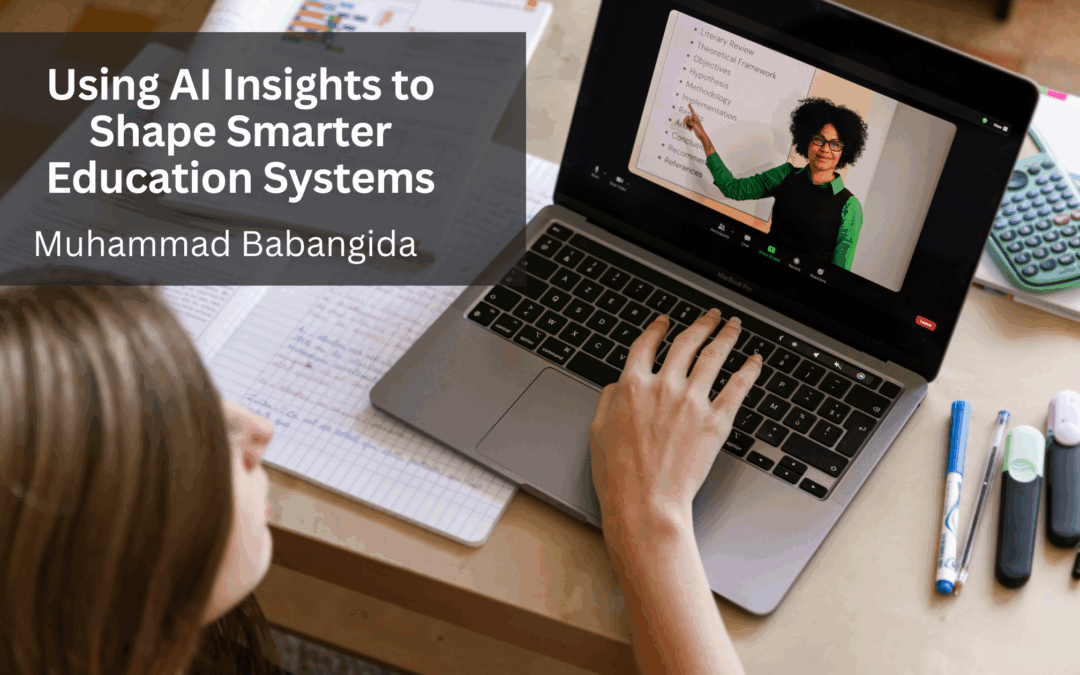Artificial intelligence (AI) is transforming industries worldwide, and education is no exception. Beyond the hype, AI offers schools and policymakers powerful insights that can help design smarter, more adaptive education systems. By analyzing data, identifying patterns, and predicting student needs, AI has the potential to reshape how we teach, learn, and plan for the future.
Personalized Learning Journeys
One of AI’s greatest strengths is its ability to support individualized learning. Traditional classrooms often struggle to meet the diverse needs of every student, but AI can track performance in real time, pinpoint areas of difficulty, and recommend tailored resources. This personalization helps students progress at their own pace, ensuring no one is left behind while also challenging advanced learners.
Data-Driven Decision Making
AI doesn’t just benefit students—it equips administrators and policymakers with clearer insights. By analyzing attendance, engagement, and achievement data, AI can highlight trends and reveal where resources are most needed. For instance, it can identify schools at risk of high dropout rates or highlight programs that produce strong results, helping leaders allocate funding and support more effectively.
Supporting Teachers, Not Replacing Them
While some worry AI could overshadow human educators, its true value lies in support. Automating tasks like grading, scheduling, or attendance frees teachers to focus on mentorship and creativity in the classroom. AI also provides teachers with insights into student learning styles and progress, allowing for more targeted instruction.
Fostering Equity in Education
Smarter systems must also address inequality. AI can help identify achievement gaps early, ensuring interventions reach students who need them most. However, leaders must be cautious about bias in algorithms and ensure that technology serves all communities fairly. Equity should remain at the heart of AI integration.
Preparing for the Future
AI insights also guide long-term planning. By predicting skill demands in the workforce, education systems can align curricula with future opportunities, preparing students for evolving industries. Schools that adapt early will better equip graduates for success in an AI-driven world.
Conclusion
Using AI insights to shape smarter education systems is less about replacing tradition and more about enhancing it. With thoughtful implementation, AI can help personalize learning, empower teachers, and inform leaders, all while keeping equity central. The future of education isn’t about machines taking over—it’s about smarter systems that allow every student to thrive.
